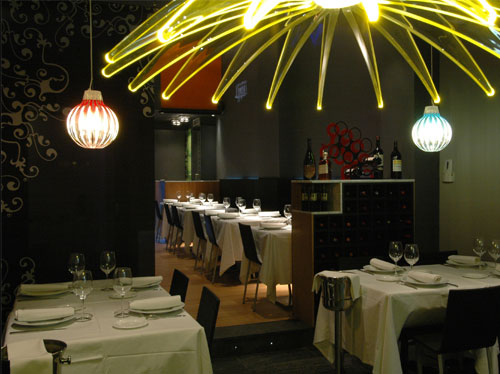 |
| Gaura 'Blushing Butterflies'™ |
It has been years since I've grown gaura and I had forgotten how pretty she can be from late spring until frost. My past experience has been with the lovely white 'Whirling Butterflies', a fabulous perennial that I grew in the somewhat neglected mailbox garden at a previous home.
I planted 'Siskiyou Pink' in this garden in 2007, but I kept moving her around—not a happy ending, but that was my doing and I can't blame the poor plant! 'Siskiyou Pink' has dark red foliage, can grow up to five feet and is a parent of the compact 'Blushing Butterflies'. 'Blushing Butterflies' fits into smaller gardens or containers with a height and width of 24 inches.
Grow all three of these gaura in full sun gardens in zones 5-9. Neglect is okay with gaura.
Handling drought conditions, once established, she's a low-maintenance plant that will reward you with her long, wispy wands throughout the summer. The humidity doesn't seem to phase the varieties of gaura that I have grown. Don't crowd gaura in the garden because she needs air to perform. A breeze moving through her stems not only keeps her healthy, but adds to her beauty.
 |
| Blooms come and go all summer long without deadheading, but gaura can be cut back if needed to shape the plant. |
Companions include lamb's ear, sedum, salvia and lavender in this narrow strip of garden bed that separates the gravel path from the stream. This area of the garden has sun all day long and no drip irrigation. Plants that perform well in drought or xeric conditions are best.
Hummingbirds and other pollinators are attracted to gaura,adding to the delight of growing this perennial in the garden.
 |
| Stems laden with water following a heavy rain, gaura will spring back up as she dries during the day. |
| Words and photos by Freda Cameron, Defining Your Home, Garden and Travel. Deer and rabbit resistance varies based upon the animal population and availability of food. All company or product or patented names mentioned are registered trademarks, copyrights, or patents owned by those respective companies or persons. |















































